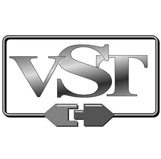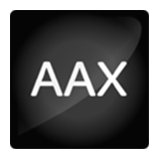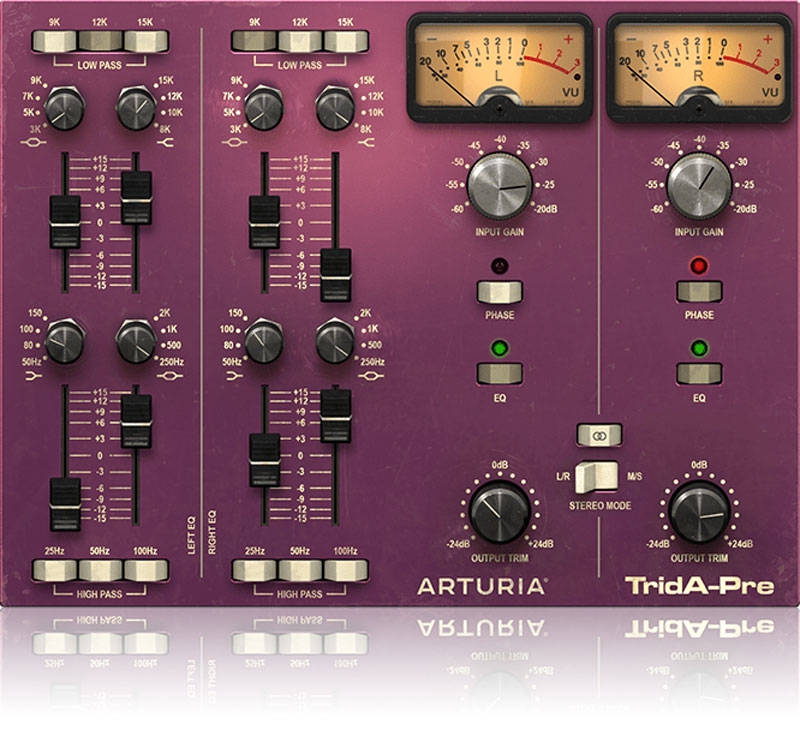You're currently on:
For decades, the concept of pop music was synonymous with Trident Studios, the pioneering facility in the heart of London’s Soho district.
Their client list reads like a who’s who of pop: The Beatles, Elton John, David Bowie, the Bee Gees, Genesis, Frank Zappa, Joe Cocker, Kiss, Lou Reed, Peter Gabriel, Marc Almond, Soft Cell, Queen, the Rolling Stones, Thin Lizzy, Tina Turner, T-Rex, and Yes.
At the heart of the studio’s sound was the Trident A Range console. It became so well known for its gorgeous, musical EQ and the full, rich tone it imparted soon, studios around the world were placing orders for an A Range of their own. Although only 13 were ever made, they created a legacy that continues to this day.
Now, thanks to Arturia’s groundbreaking True Analog Emulation® technology, you too can experience the incredible sound-shaping power of the legendary Trident A Range preamp and EQ.

The best of both worlds
Hold on… my audio interface already has preamps. Why do I need a preamp plugin?
You’re right! Your audio interface uses its preamps to boost incoming signals to usable levels for recording and mixing.
In the digital age, the preamps included on audio interfaces tend to be highly transparent, amplifying the signal without adding “color”, a sort of tonal flavor that subtly changes the sound.
In the 60s and 70s, a period many consider to be the “golden age” of the recording studio, the preamps within their bespoke mixing consoles - like the Trident A range - were pioneering technology. Mix engineers found that, due to their analog components, the preamps would add a certain character to the audio, which gave each desk, and consequently each studio, a particular “sound”. As engineers became experts with these consoles, they would use the preamps as part of their creative process; pushing them hard to create harmonically rich analog distortion, for example.
Now, thanks to the digital audio revolution and the power of modern computers, you can enjoy the best of both worlds. The Arturia TridA-Pre lets you add the iconic tone of the elite, rare, virtually unobtainable preamps found in the studios that created some of the biggest hits of all time.

Adding that “je ne sais quoi”
It’s difficult to let new producers and mix engineers know just how important the subtle sound-shaping power of preamps are, we’re talking about something understated. It’s not a flashy synth or an extreme audio-mangling plug-in.
At their core, all of our preamp plugins provide 2 main benefits:

A link to the past
There’s something quite magical about hearing classic songs. If you let your mind drift, you’re transported to a totally different time: different fashion, different politics, different tastes, different lives. If you want to evoke the feeling of the 70s or 80s, when the Trident A Range console was used on practically every chart hit, TridA-Pre makes it easy. Added to individual tracks in your song, you can add that toasty, harmonic, saturated sound that typified the era.

Mixing confidence
Load up TridA-Pre as an “insert” effect on channel, dial in an appropriate preset, and most of the hard work has been taken care of. You’ll now be mixing with the sound of a classic analog console, with the parameters set up by a top sound designer. Now you’re free to get creative, safe in the knowledge that you have half a century of legendary pro audio heritage supporting you.
That’s what we think, anyway. How you decide to use TridA-Pre is up to you. You may just love the way the EQ sounds, and use it as your go-to plugin for sound shaping. We are providing the paint, but you make the art.

Cracking the code
The channel strips found in the Trident A Range consoles are considered to be gold dust, available only to the finest producers and engineers at the peak of their careers.
We have built our reputation by recreating history’s best, most coveted keyboards and synths as software instruments. What better way to carry on this legacy than by bringing the most sought-after studio hardware right to your DAW? Although it would have been quite simple to just create a plugin that sounded similar to the famous Trident A Range channel strip, we didn’t want to give you an approximation of the sound. We wanted to create a virtual replica of the hardware so you could enjoy all the subtle nuances that made the original the go-to choice for the biggest producers and engineers of the last 50 years.
Finding a Trident A Range console was no simple feat - only 13 were ever created, after all - and our search led us to Denmark’s capital city, Copenhagen, and to Sweet Silence North. The musical residence of Grammy award-winning producer Flemming Rasmussen, whose critically acclaimed work with metal acts like Metallica, Morbid Angel, Blind Guardian, and Ensiferum hinged on the use of his Trident A Range console. To create TridA-Pre, we analyzed channel 3 of his 1976 mixing console, creating a sophisticated model, right down to the level of individual components.
Through the passion and skill of our developers, we are able to bring you the elusive ‘secret ingredient’ behind so many incredible hits as a software plugin. It’s official: we are living in the future.

The ultimate sound-shaper
TridA-Pre gives you all the power and features of the fabled Trident A Range, and more! Let’s take a look at how this elite channel strip translates as a plugin.
4 band, twin-channel equalizer
The fantastically musical A Range EQ has been recreated in all its glory. The high, high-mid, low-mid, and low EQ bands have 4 switchable frequencies, calibrated to match the original unit’s specification. These can be cut or boosted by 15dB independently on the left and right channels, or linked together. This gives you great freedom to shape your sound in a stereo space.
Low Pass Filter
Notch out the high end at 9kHz, 12kHz, 15kHz, or hit 2 or 3 switches to make more dramatic chance, this will soften the high frequencies of your signal.
Input Gain
From super-subtle overtones to growling solid-state drive, the Input Gain knob can be pushed to add whatever tonal flavor you desire.
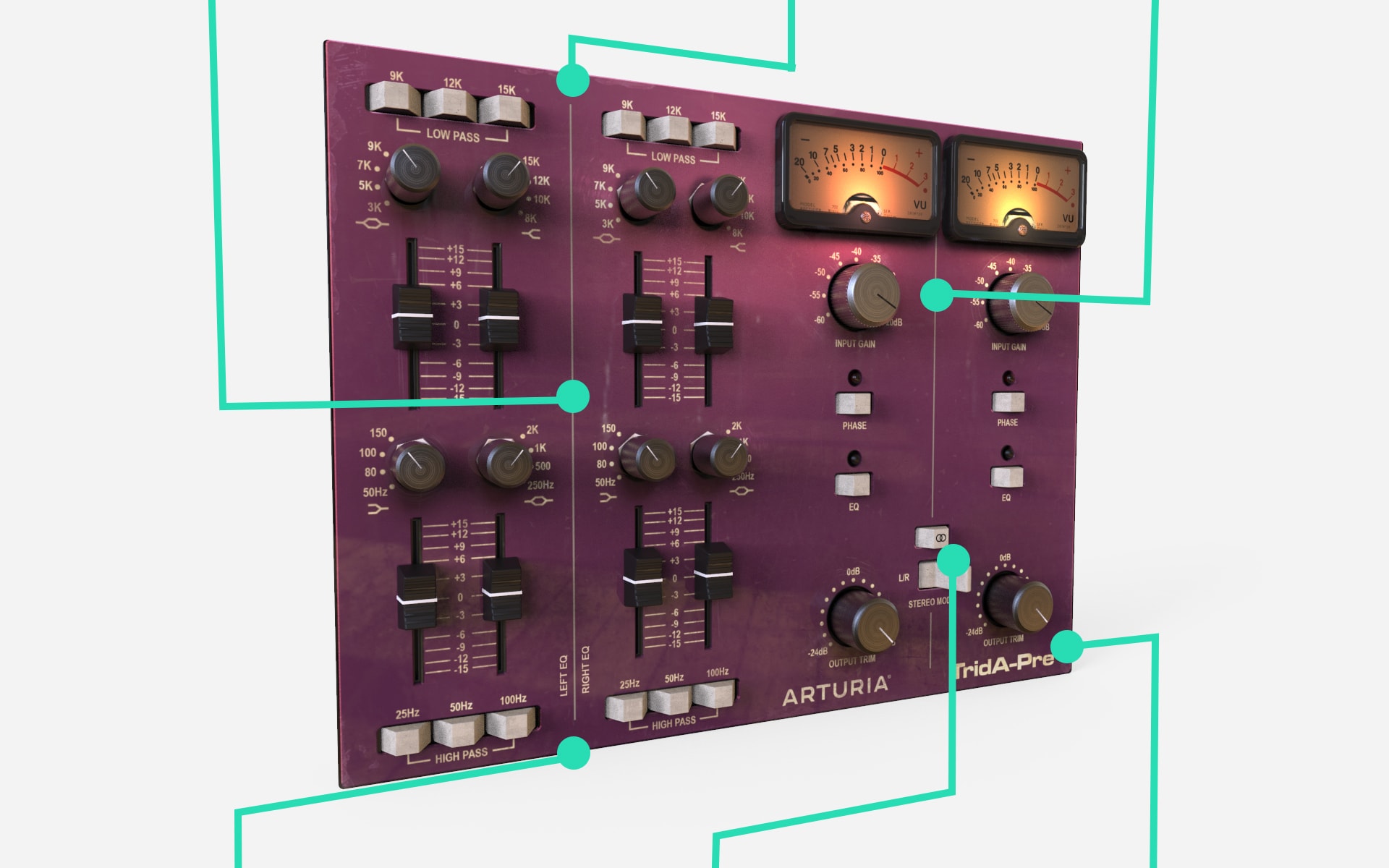
High Pass Filter
Carve out the super-low frequencies from your signal, with cuts placed at 25Hz, 50Hz, and 100Hz. Like the Low Pass, you can also combine 2 or 3 switches for a stronger effect.
Mid/Side mode
Missing on the original A Range, TridA-Pre lets you use advanced mid/side techniques without external processing or convertors, meaning your audio will sound amazing in both mono and stereo.
Output Trim
Simple, but always useful. The output trim lets you adjust the “master volume” of the output without changing its tone.
It’s fair to say that since the original unit was built, the music industry has seen some changes. To bring this legend up to date, we’ve also included some optional enhancements to make the most of your DAW.
EQ bypass Pretty self-explanatory, this simple switch activates or deactivates the EQ section of TridA-Pre on one or both channels.Phase Inversion A handy little utility that flips the polarity of one or both channels, great for correcting phasing issues or giving you voicing options.
TridA-Pre also features a gorgeous GUI. This attention to detail even extends to classic post-gain VU meters, which can be calibrated to your taste, and light up when the signal is peaking at -1dBFS.
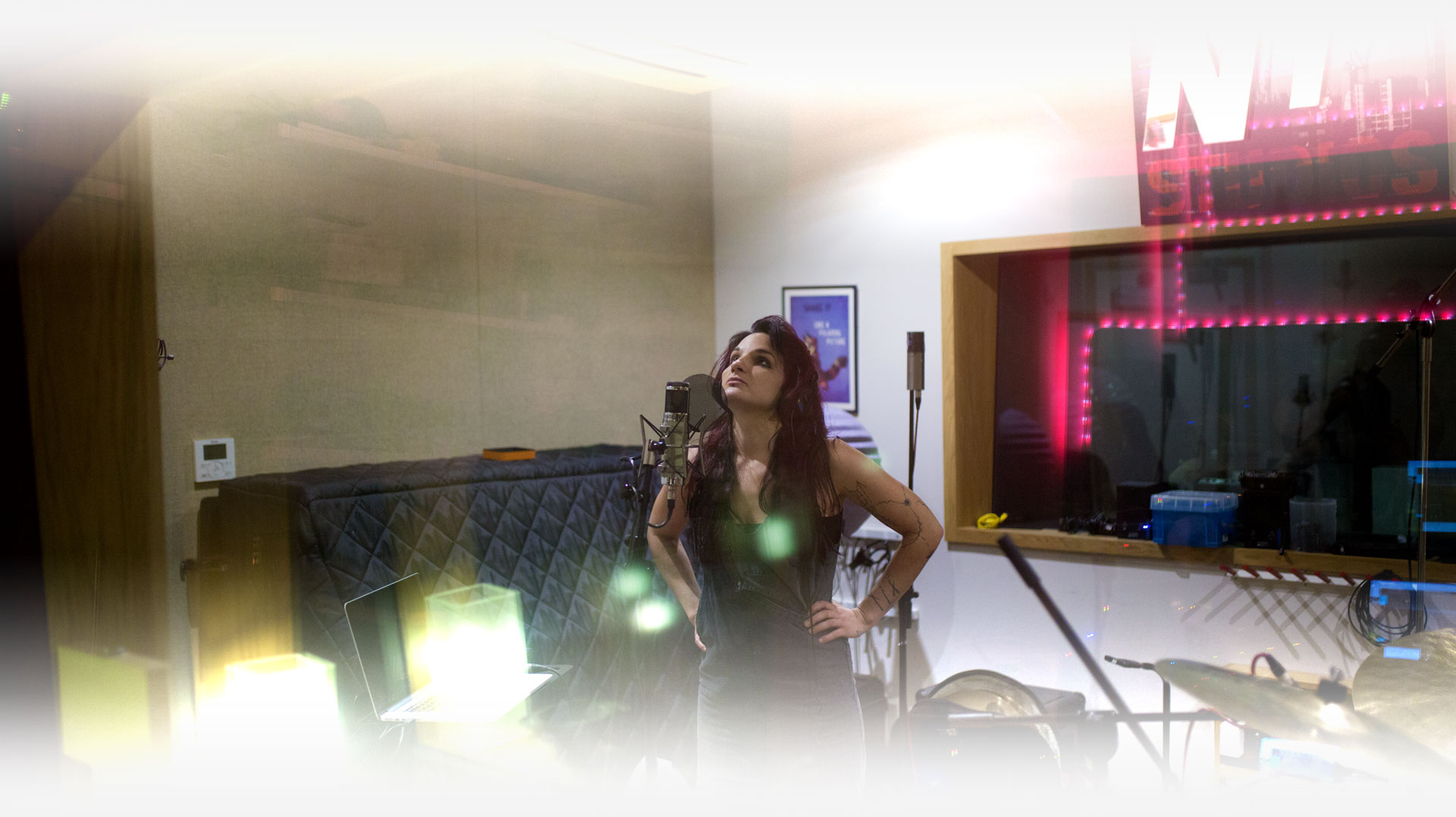
Hear it for yourself
We can write about our revolutionary TridA-Pre and the glorious original Trident channel strip until the cows come home, but we think you’ll be more convinced by hearing it in action.
Having a world-class preamp emulation and EQ may seem like a small, almost insignificant addition to your software studio, but knowing that you’re honing the sound of your audio channels with a time-tested signal path will give you confidence, and make mixing easier than ever. Here are some audio examples, letting you hear the subtle, and not so subtle tonal changes that TridA-Pre can make to audio signals. To best appreciate these examples, we would recommend that you use high quality headphones or studio monitors when listening.
Want to try it on your own audio? Remember that you can download a free trial of the plugin so you can experience it in your own setup.
Half a century of hit-making tone, right in your DAW
Push hard for that saturated, soft-clipping sound that cuts through any mix; get the tonal balance just right at the input stage; add vintage analog warmth in your mastering chain; use the in-built mid/side processing to enhance your whole mix.
Compatible with all major DAWs, now you too can enjoy the harmonic push, subtle overtones, and tone-shaping power of the most iconic studio gear ever made.
Pro Tools
Logic Pro X
FL Studio
Bitwig
Cubase
Ableton Live
Digital Performer
Studio One
Main Features
+/- 24 dB Output trim level
Complete switchable EQ section
Include bypass & phase Inversion switch
3 Switchable Low Pass FiltersCut frequency at 9kHz, 12kHz and 15kHz
-12 dB/oct slope
distinct filter cut combinations with unusual curves when 2 or 3 filters are combined
High Shelf Filter+/- 15dB gain
4 selectable frequencies : 8kHz, 10kHz, 12kHz, 15kHz
High Midrange Bell Filter+/- 15dB gain
4 selectable frequencies : 3kHz, 5kHz, 7kHz, 9kHz
Low Midrange Bell Filter+/- 15dB gain
4 selectable frequencies : 250Hz, 500Hz, 1kHz, 2kHz
Low Shelf Filter+/- 15dB gain
4 selectable frequencies : 50Hz, 80Hz, 100Hz, 150Hz
High Pass FilterCut frequency at 25Hz, 50Hz and 100Hz
-18dB/oct. Slope
distinct filter cut combinations with unusual curves when 2 or 3 filters are combined
1 & 2 channels plugin versions
3 stereo modesStereo Link
Dual Mono Channels
Output Analog VU meter3 calibrations mode (-18dBFs, -12dBS, -8 dBFs)
Comprehensive set of presets
State-of-the-art TAE® analog modeling
Platform specifications

1GB free hard disk space
OpenGL 2.0 compatible GPU

1GB free hard disk space
OpenGL 2.0 compatible GPU
Required configuration
VST 2.4 (64-bit), VST 3 (64-bit), AAX (64 bits with PT 11), Audio Unit (64-bit).
